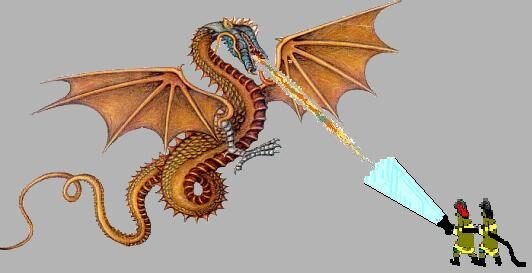Practical Fire Solutions
All firefighters around the world have the same common goal. It assists their community, visitors, and surrounding communities when they need help. During pumping operations on any incident scene, the knowledge of practical fire ground hydraulics is crucial to the positive outcome of the incident. Positive results are why we, as Apparatus Operators, should be sharp on our skills and apply what we have learned in a safe, timely, and accurate manner to the best of our ability. For this reason, we have developed the “Fundamentals of Developing Fire Streams” Workbook for Fire Ground Hydraulics as an additional resource for problems to practice the calculations of related problems encountered on the incident scene.
The “Fundamentals of Developing Fire Streams” Workbook for Fire Ground Hydraulics is a workbook for further study in fire ground hydraulics related to the fire service. This book is not an instruction manual on how to calculate fire ground hydraulics but instead is used to show examples of gallons per minute, total friction loss, and pump discharge pressure problems. We have found that firefighters who study or practice practical fire ground hydraulics, either for knowledge or promotional purpose, usually exhaust the hydraulic scenarios to solve in all other manuals provided for them, leaving them searching for more challenging methods to work on. By applying the knowledge already received from instructional facilities or classes, you can now use it in our workbook to assist you in your goals, whatever they might be. The design of the “Fundamentals of Developing Fire Streams” Workbook for Fire Ground Hydraulics is for firefighters who wish to get more out of what they are doing to understand the fundamentals of fire ground hydraulics better.
This workbook is not a teaching guide but a book of supplemental problems to assist you in your goals of practice or study. The information at the front of the book is reference material to help you correctly calculate the solution to the scenarios. All information and techniques used in this workbook were acquired by attending different classes and studying other materials throughout our firefighting careers. Most all practical fire ground hydraulic courses are taught in the same manner and have used the same problems and reference material for years, except for a few. Use your own department’s techniques and procedures in association with this workbook. The answers provided in the book and the solutions the user of the workbook may calculate may differ to a certain degree. The various answers may be due to using the decimal points in the problems and answers and how the user rounds them off to get their solutions for the equations and math work. The writer of this workbook only figures to the nearest tenth behind the decimal point. Example: 1.211625 = 1.21. These could vary five psi either way. Some answers to problems may not be feasible for the pumping operation shown. Use these problems to discuss what you can do to make these problems a reality in the fire service.
